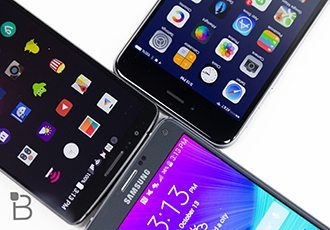During IFA’s Global Press Conference in Malta, Paul Gray, Principal Analyst for IHS presented some interesting findings about 4K and what it means for the industry. Think 4K is still all about resolution? Gray stated that in order for anyone to really notice a “wow” effect in image clarity you would need an 84-inch 4K display and sit approximately 1.6 meters (or about 5 feet) away to notice anything worth differentiating between 1080 and 4K. Which is probably why the marketing engine behind TV sets and mobile devices has been pushing the term “Ultra HD” quite so heavily. Not sure on the best type of TV on the market right now, you could look into something like tv reviews, where you can gain a basic understanding of today’s TV technology. So when you walk into your local store and the salesperson wants to sell you a 4K set because of its amazing clarity, just brush it off to ignorance. Certainly the resolution is improved, it really is not worth the upgrade. More on 4K in a moment, as it pertains to mobile devices later.
It’s not just the resolution.
While 4K/UHD refers to resolution, yes, there are other technological improvements that have been lumped in with these sets, according to IHS’s studies the proof is in color and higher frame rates. At least that is what consumers are saying are most important. And for it to be absolutely stunning, it has to be catered to the right content. WhSports for example, at 120Hz native, improves coverage of gameplay, displaying real life effects. How so? When it comes to seeing where a ball is struck, or how/where it is kicked, the game becomes much more predictable or more real. As for color, HDR comes to mind, the color spectrum is far more expansive and the colors just “pop.” Though Gray warns, as advertisers today tend to utilize louder volume levels during commercials, they will likely do the same by making commercials much more visually colorful, to a point where it may become painful to watch. That’s why Gray suggests the industry needs standardization to keep TV watching from becoming painful.
Higher resolution in mobile devices makes more sense.
We will see 700ppi resolution devices (6.2-inch 3840×2160) this year and in the next 5 to 6 years over half of all devices around the world will sport resolution better than 400ppi (for reference the current iPhone 6 Plus sports a 401ppi display). But why the push for higher resolution on phones? According to Gray, not only do you see all the benefits in video like you see in TV, but it also lives in the text. Especially important for particular Asian language text and as it gains legibility with clearer, more print-like text. Especially important for manufacturers as the emerging APAC markets become larger bases.
Source: http://www.technobuffalo.com/

